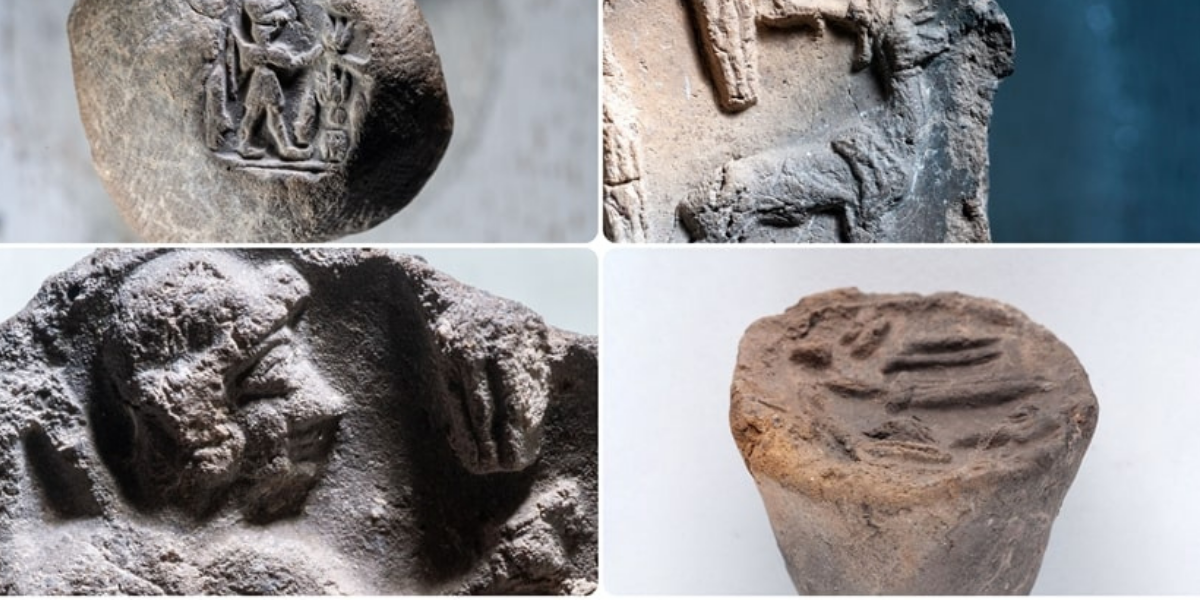
More than 50 seals belonging to members of the royal family found in the Hittite city of Šamuḫa
More than 50 seal impressions belonging to members of the royal family, including princes, scribes and local temple lords, have been unearthed in the Hittite city of Šamuḫa, now known as the village of Kayalipinar, about 40 kilometers west of Sivas province in Türkiye. Šamuḫa was one of the most important centers of the Hittite
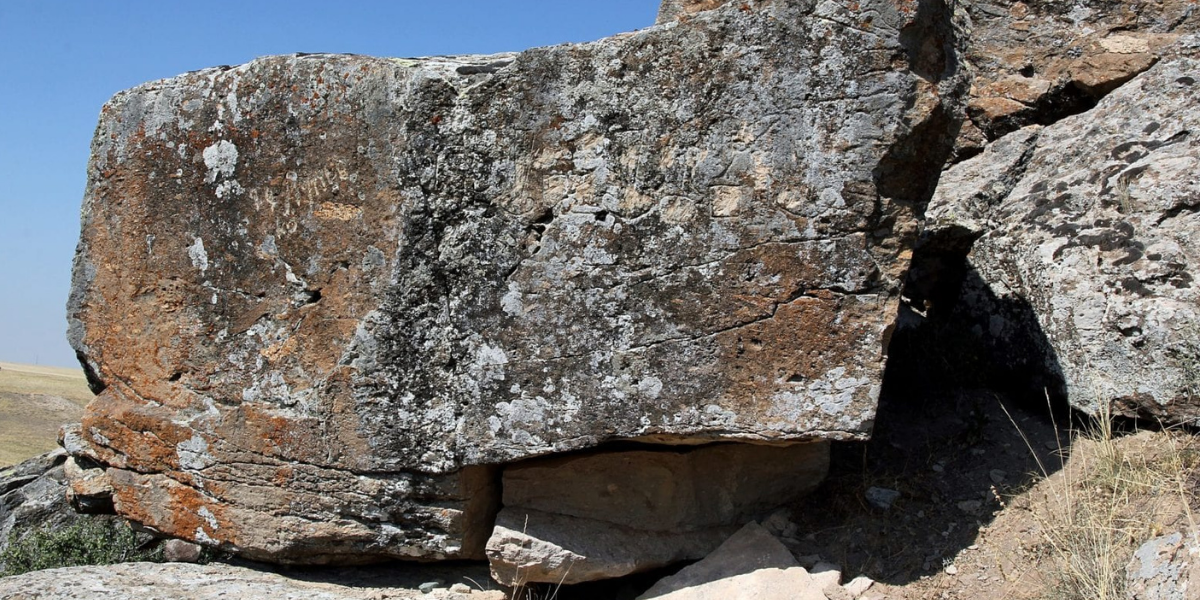
2800-year-old Burunkaya Inscription written in Luwian Hieroglyphic
Among the rich historical heritage of Anatolia, inscriptions are the most important sources that shed light on thousands of years ago. One of these inscriptions is the Burunkaya Inscription written in Hieroglyphic Luwian. The Burunkaya Inscription is located on the Burunkaya hill near the village of Gücünkaya, east of Aksaray province in Central Anatolia. This
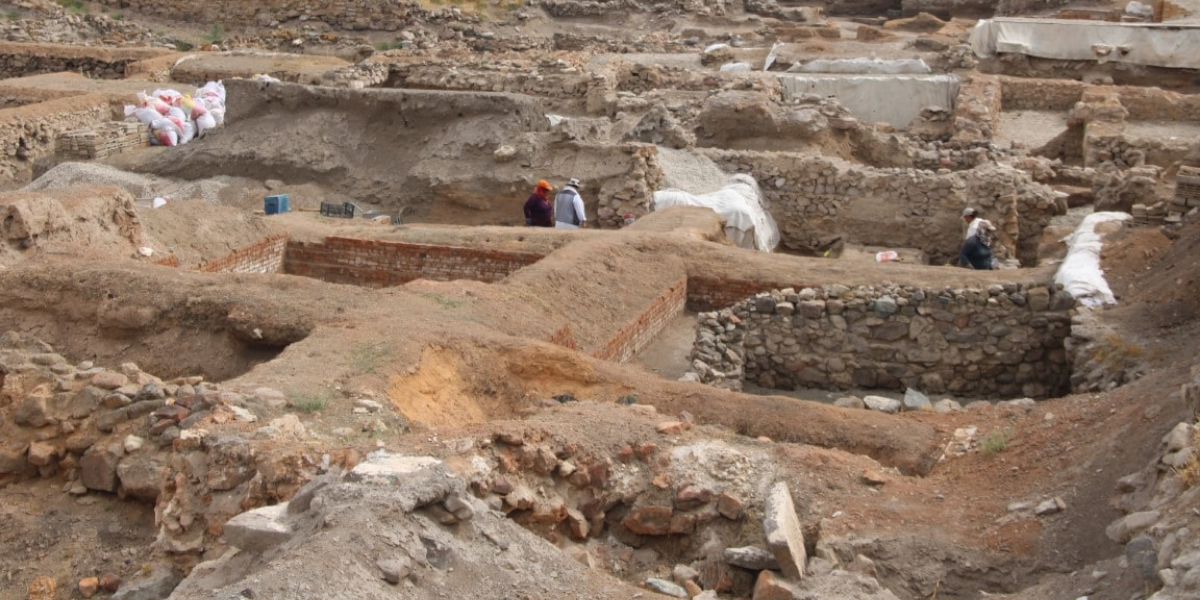
Climate change may be the cause of the catastrophe 4200 years ago in Kültepe, where written history began in Anatolia
Experts think that climate change may have been the cause of the disaster 4200 years ago in Kültepe, the largest karum of the Assyrian trade colonies period when written history began in Anatolia. Kültepe, also known as Kaniš or Neša, is located in the province of Kayseri in modern-day Türkiye. Thanks to the cuneiform tablets
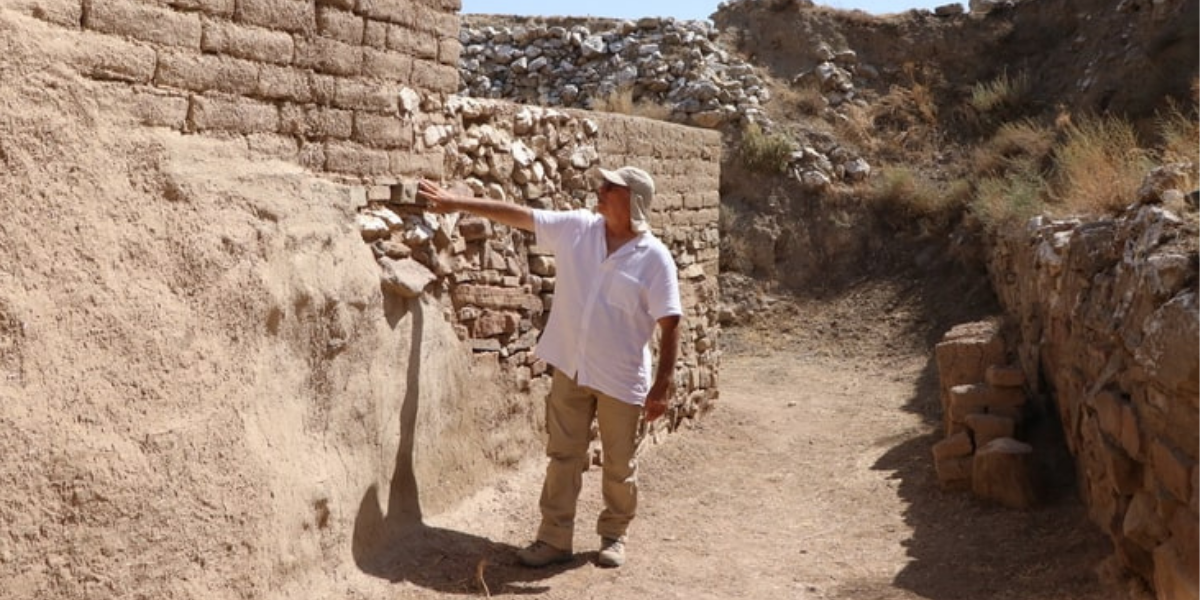
3500-year-old Hittite mudbrick structures at Porsuk-Zeyve Höyük emerged stronger from the fires
The Hittite mudbrick structures at Porsuk-Zeyve Höyük, which was an important settlement in the Bronze Age due to its location on the road connecting Central Anatolia to the Mediterranean, have survived to the present day, strengthened by fires thought to have started in the 15th and 16th centuries BC. Porsuk-Zeyve Höyük is located near the
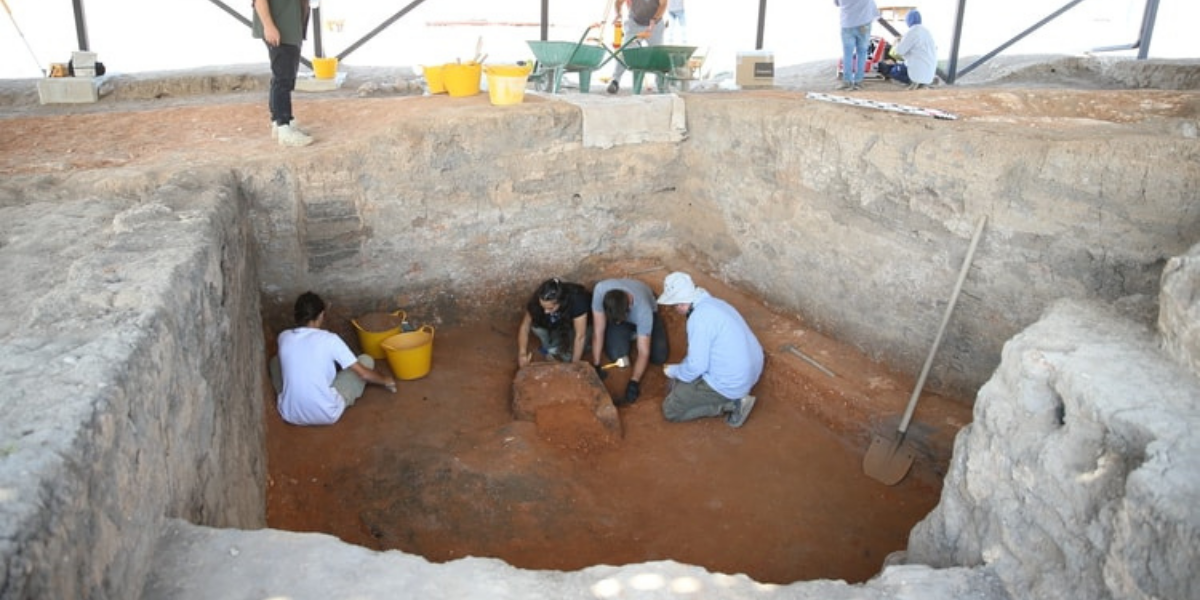
Archaeologists reveal that 5,200-year-old structures at Küllüoba were filled with soil and covered over
During the ongoing excavations at the Küllüoba mound in the Seyitgazi district of Eskişehir, it was discovered that 5,200-year-old structures were preserved by filling them with soil. This discovery raised new questions. The Küllüoba Mound, which sheds light on the prehistoric and historical periods of Anatolia, has an uninterrupted settlement from the Late Chalcolithic Age
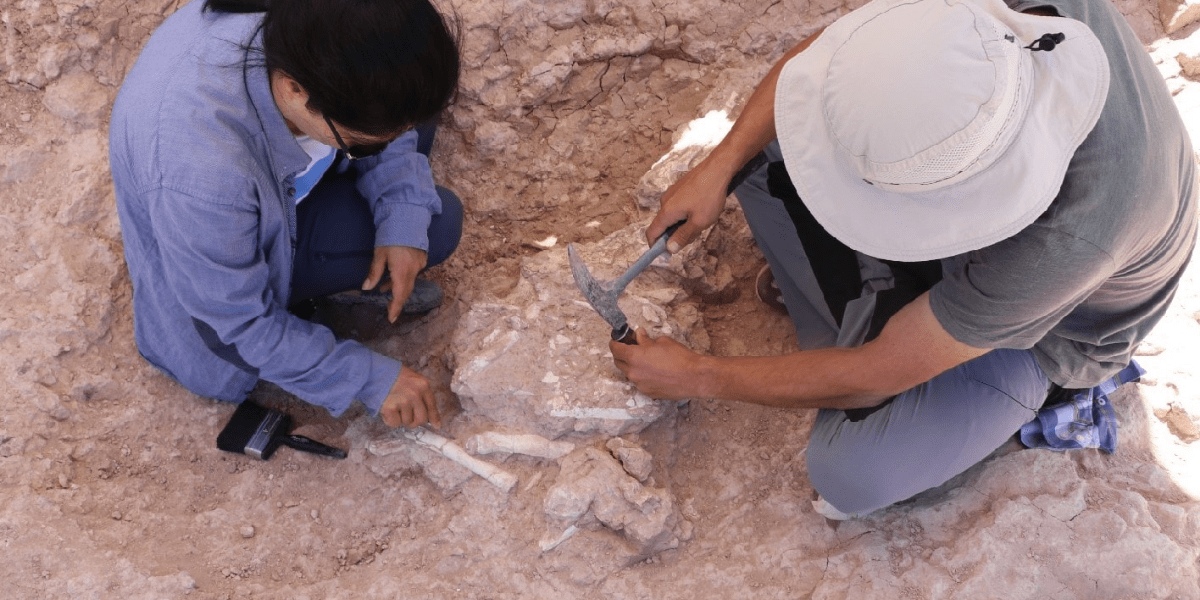
8 million-year-old ‘giant pig’ skull discovered in Central Anatolia
7 years ago, after a shepherd stumbled upon bone fragments on the banks of the Yamula Dam, an 8-million-year-old ‘giant pig’ skull was discovered during excavations in the area. Yamula Dam is located in the Kocasinan district of Kayseri province in Central Anatolia. Murat Adıyaman, who works as a shepherd, found bone fragments on the
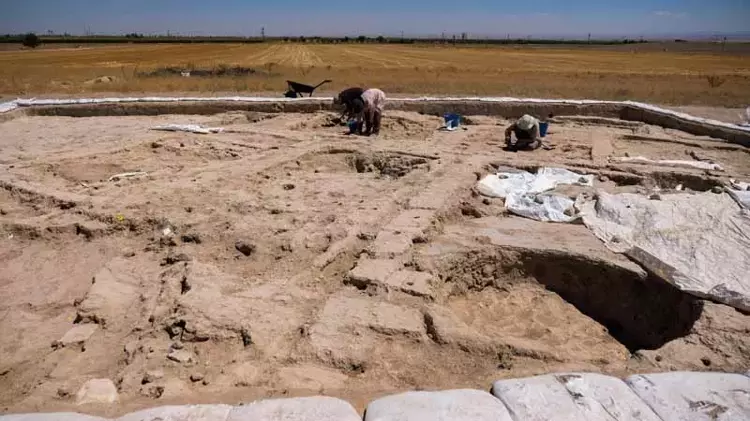
Canhasan 3 Mound may be one of the settlements that prepared the Çatalhöyük culture
Canhasan 3 Mound Excavation Head Assoc. Prof. Dr. Adnan Baysal said, “Canhasan 3 without pottery is a settlement dated 750 years before Çatalhöyük. The paints we encountered on the walls and floor of Canhasan 3 show us that this may be one of the settlements that prepared the Çatalhöyük culture.” Canhasan 3 Mound is located

A litus with a relief of Dionysus, the god of wine, was found
A 2 thousand year old litus (weight press stone) with the relief of Dionysus, known as the “god of wine” in mythology, was found during the excavation of infrastructure in Sungurlu district of Çorum. The stone, which was used as a weight stone in wine making during the Roman period, started to be exhibited in
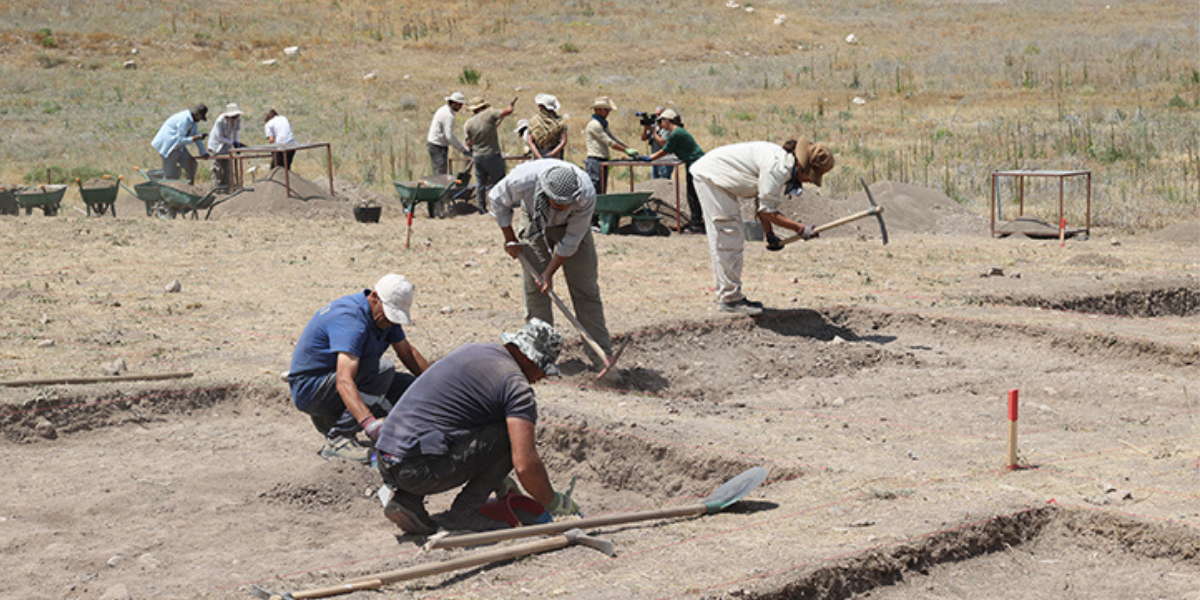
Archaeologists may have found the temple of Šauška, sister of the air god Teshup, in the Samuha
In Samuha, an important religious city for the Hittites, a structure thought to be the temple of Šauška, the sister of the weather god Teshup, was unearthed. Samuha is a Hittite city of religious significance that flourished between 1800-1600 BC. Samuha, now known as Kayalıpınar, is located in central Türkiye, about 40 kilometers west of
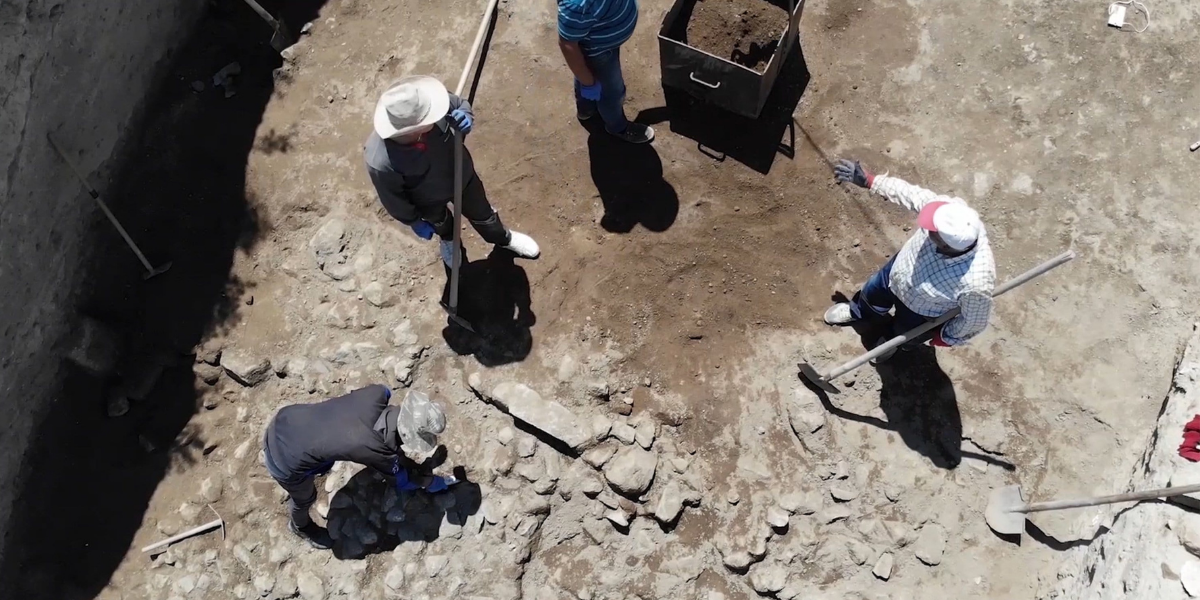
Hittite royal seal found in Büklükale warns ‘Whoever breaks this will die’
During excavations in Büklükale, which is thought to have served as an important military base for the Hittites, a seal belonging to the Hittite royal family was unearthed. The inscription “He who breaks dies” on the seal attracted attention. Büklükale is located about 100 kilometers southeast of Ankara, on the banks of the Kızılırmak River,
